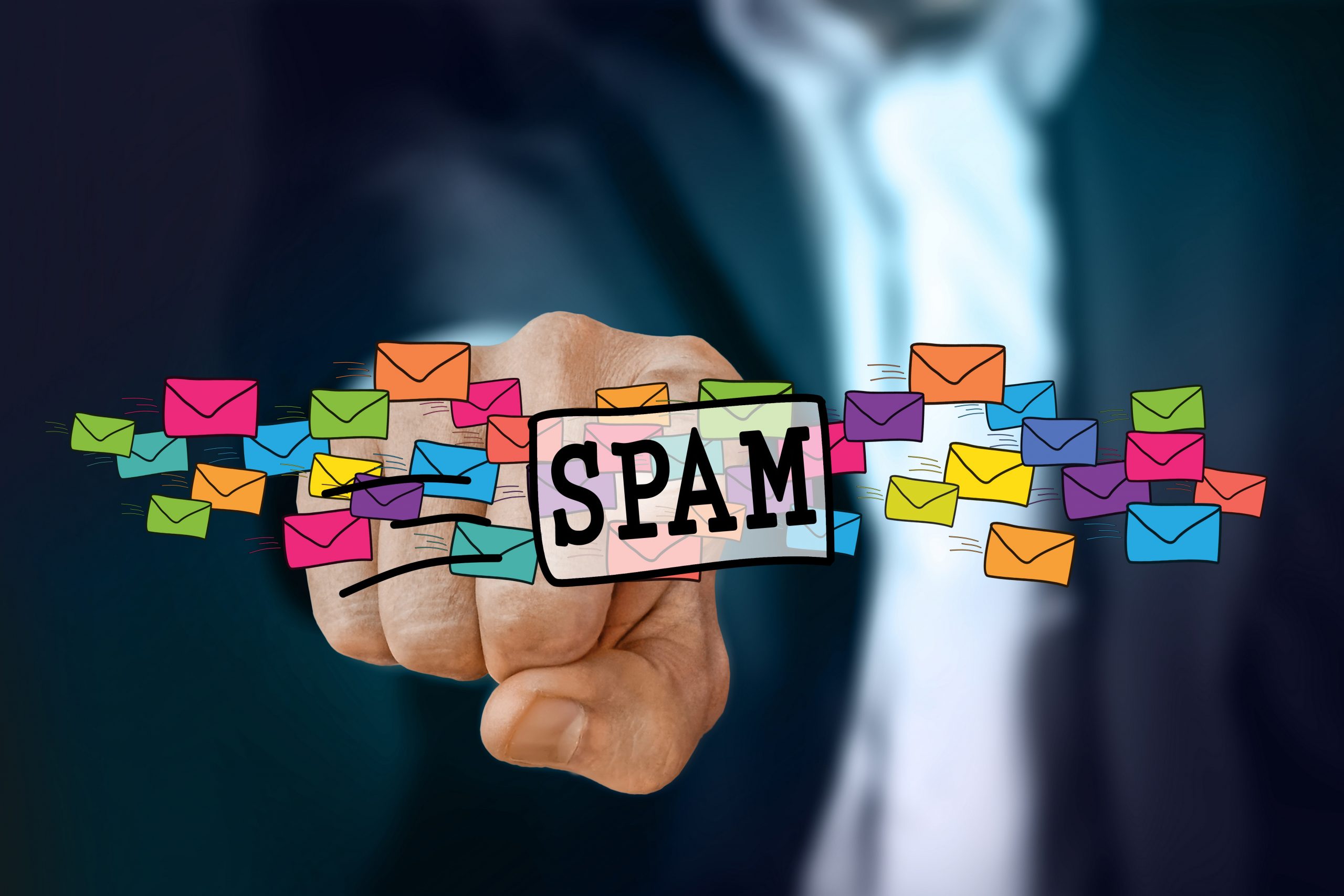
Spam and Brand Reputation
Photo from Pixabay
Originally Posted On: https://thisiscaffeine.com/customer-experience/spam-and-brand-reputation/
The Invisible Cost of Spam: Eroding Brand Reputation and Customer Experience
Shaun Smith explores how spam undermines customer experience, highlighting its detrimental impact on brand reputation in today’s digital environment.
Spam, in its many forms, from unsolicited emails to intrusive ads, not only disrupts the customer’s digital experience but also erodes trust, a fundamental element upon which brand reputation is built. The impact of sending spam extends far beyond the immediate irritation it causes; it signals a deeper disregard for customer preferences and privacy, ultimately damaging the brand-customer relationship and brand reputation.
Let’s take a personal example: I received about ten spam emails this morning. Now some of them were easily spotted and immediately deleted. No, I really don’t need a Russian wife, thank you! Others are more credible and therefore take time and attention away from genuine business to read them. Some are downright insulting in their laziness and reliance on poor CRM systems.
The one that prompted this article was supposedly from a ‘Business Development Director’ and started, ‘Dear Sally’. Well, at least they got the first letter right! It went on to say, “This is the third time we have emailed you but perhaps our previous messages got lost in your busy in-box” Amongst all the other spam you mean? It went on to say, “We understand that ‘Caffeiene’s’ (sic) has frequently visited our website to find out about our amazing capabilities in generating 5-10 new business leads each week”.
Not only did they mangle the brand, but they were lying because we have never heard of this company and certainly have never visited their website. If this is an example of how they generate new leads, they might as well shut up shop now.
What’s the problem?
At first glance, spamming might seem like a small offence, after-all, it is commonplace. Yet, the immediate reaction it elicits from consumers—a blend of annoyance and frustration—is anything but trivial. Bombarded by irrelevant messages, consumers quickly grow weary, leading to disengagement from the brand. According to a report from Statista, spam messages account for more than half of all email traffic worldwide. And it isn’t just spam from unknown sources, even when there is an existing relationship it creates problems. The Direct Marketing Association (DMA) indicates that excessive email frequency is a leading cause of unsubscribes.
The Art of First Impressions
For brands looking to expand their customer base, the initial outreach is all about making a positive and memorable first impression. Effective acquisition strategies are characterised by personalised, relevant, and timely communication that resonates with the potential customer’s needs and interests. This requires the sender to invest the time and effort to really understand the customer’s situation. It also means that the first touch needs to be very distinctive.
One memorable communication I received from Burberry was promoting their monogrammed scarves. The email was personally addressed and beautifully presented but the thing that struck me was that when I looked closely at the image of the lovely Burberry scarf, I saw that it was monogrammed with my initials. Now, I know that it was an automated process, but the point is that the brand had gone to some effort to make it resonate with me.
When brand reputation and relationships go wrong
Conversely, the challenge with existing customers lies in keeping the communication fresh, relevant, and respectful of the relationship’s maturity. Spamming existing customers — whether through relentless email campaigns, non-stop promotional offers, or irrelevant product recommendations—can quickly turn from a minor annoyance to a major breach of trust, tarnishing brand reputation and alienating loyal clientele. The customer starts to question if the sale is more important than the relationship. The impact here is twofold: not only does it risk customer alienation, but it also devalues the brand’s reputation in the marketplace through perceived desperation.
A cautionary tale is Bed Bath & Beyond’s infamous overuse of coupons. Initially, these discounts successfully drove sales and store visits. However, as the strategy became incessant, customers grew accustomed to the discounts, diminishing the brand’s perceived value and leading to significant financial strain for the company.
So, why do brands do it?
The short answer is Return on Investment (ROI). If only 1% of spam messages lead to new business and that additional revenue is greater than the cost of the campaign, it is judged a success by the marketers because it has generated a positive ROI. But what these people do not calculate is the damage to brand image and the loss of future customers who associate the brand with a shabby customer experience. If 99% of customers have a neutral or negative response what impact does that have on NPS (Net Promoter Score)? When consumers associate a brand with spam, the trust painstakingly built over time, either through advertising or a relationship begins to crumble.
What’s the answer?
Brands must recognise that whenever they send a communication to customers, they are creating a touchpoint, one which can either be positive or negative. When positive it contributes to the customer experience and builds value for the brand. When negative it creates a ‘pain’ point and a memory that is forever associated with that company.
When Caffeine meet with clients we map the whole customer journey to identify the pleasure and pain points. Designing the customer experience is all about maximising the pleasure, minimising the pain, and reinforcing the brand values. Marketing communications are just one facet of that journey but must be viewed as a fraction of the whole so that the impact on the customer experience is fully understood.
So, the next time you are about to send an unsolicited communication it might be best to ask, “Is this in the customer’s interest or ours?”
